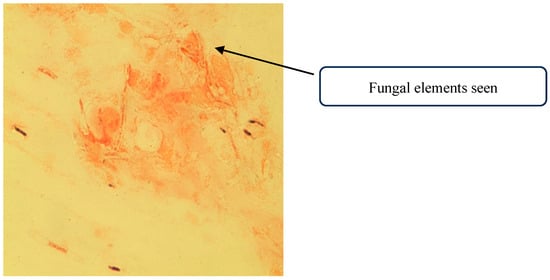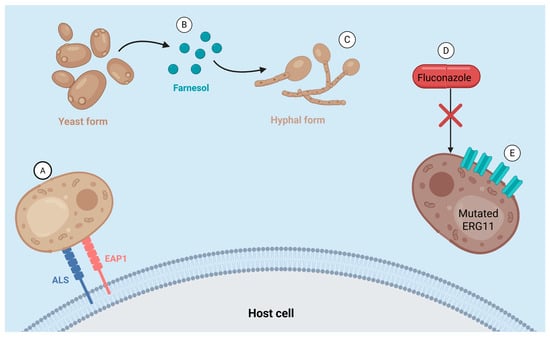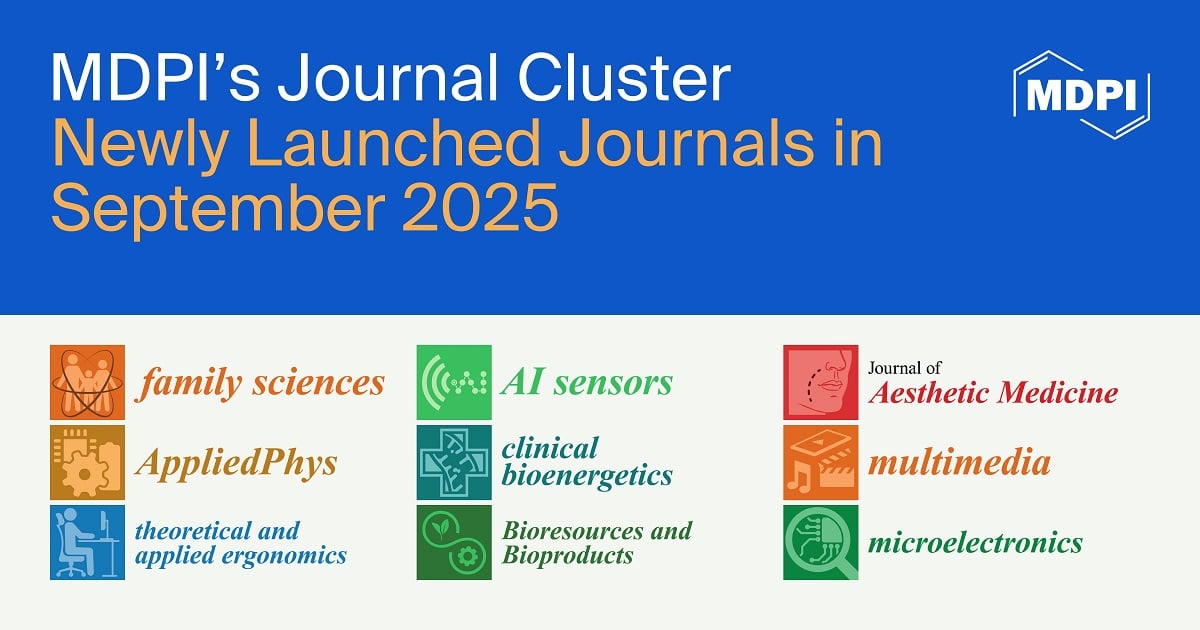-
 Dolichens: An Information System on the Lichens of the Dolomites
Dolichens: An Information System on the Lichens of the Dolomites -
 Bacteria Inhabiting Plant Woody Tissues and Their Interactions with Fung
Bacteria Inhabiting Plant Woody Tissues and Their Interactions with Fung -
 Malassezia Folliculitis: An Underdiagnosed Mimicker of Acneiform Eruptions
Malassezia Folliculitis: An Underdiagnosed Mimicker of Acneiform Eruptions -
 Biological Features, Antimicrobial Susceptibility and Phenotypic Characterization of Candidozyma auris CDC B11903 Grown at Different Temperatures
Biological Features, Antimicrobial Susceptibility and Phenotypic Characterization of Candidozyma auris CDC B11903 Grown at Different Temperatures
Journal Description
Journal of Fungi
- Open Access— free for readers, with article processing charges (APC) paid by authors or their institutions.
- High Visibility: indexed within Scopus, SCIE (Web of Science), PubMed, PMC, CAPlus / SciFinder, AGRIS, and other databases.
- Journal Rank: JCR - Q1 (Mycology) / CiteScore - Q1 (Ecology, Evolution, Behavior and Systematics)
- Rapid Publication: manuscripts are peer-reviewed and a first decision is provided to authors approximately 18.2 days after submission; acceptance to publication is undertaken in 2.8 days (median values for papers published in this journal in the first half of 2025).
- Recognition of Reviewers: reviewers who provide timely, thorough peer-review reports receive vouchers entitling them to a discount on the APC of their next publication in any MDPI journal, in appreciation of the work done.
Latest Articles
Highly Accessed Articles
Latest Books
E-Mail Alert
News
Topics
Deadline: 30 December 2025
Deadline: 28 February 2026
Deadline: 31 July 2026
Deadline: 30 November 2026
Conferences
Special Issues
Deadline: 10 November 2025
Deadline: 15 November 2025
Deadline: 20 November 2025
Deadline: 30 November 2025




























